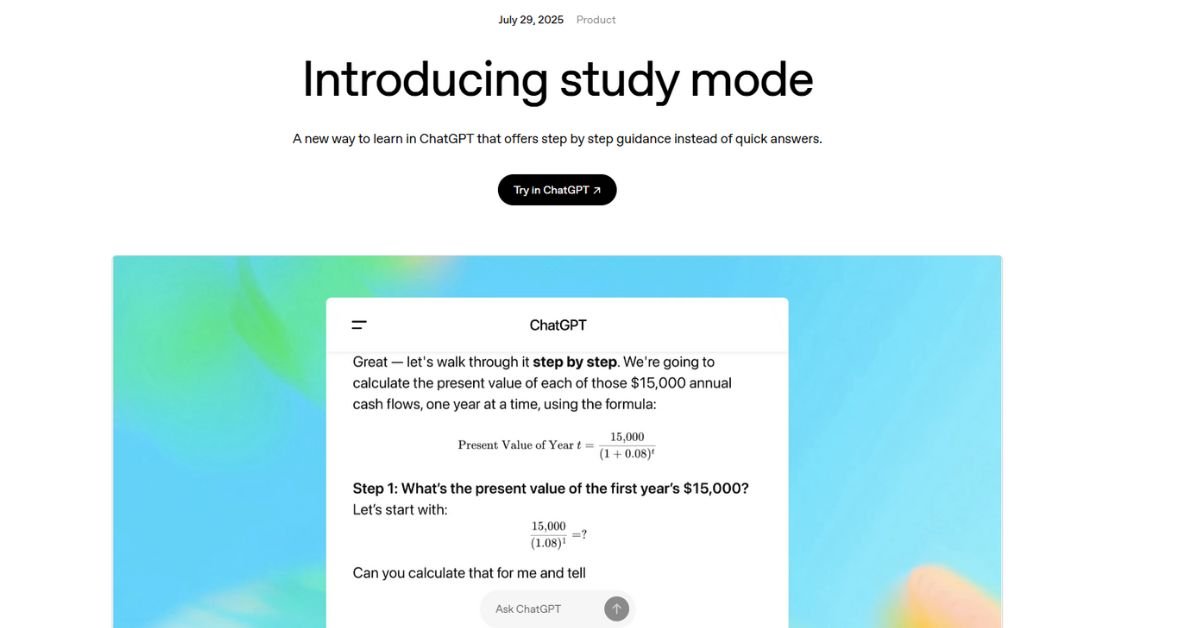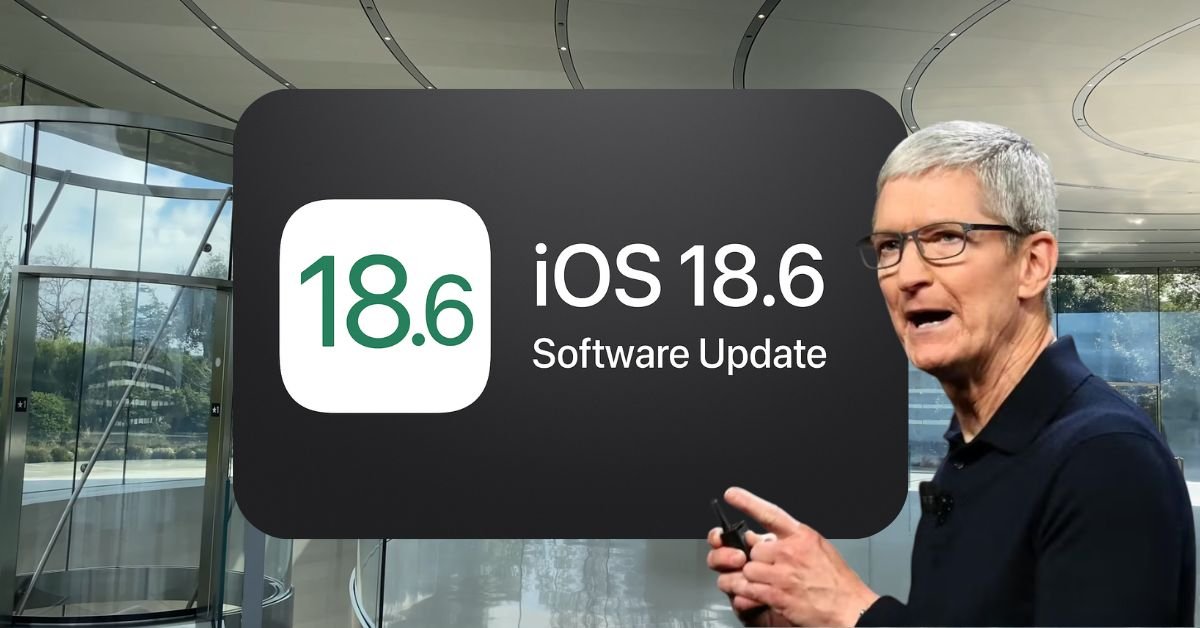In an effort to redefine how students can utilize AI in educational pursuits, OpenAI has announced the official unveiling of “Study Mode” in ChatGPT — a feature intended to promote learning rather than easy answers.
Launched on Tuesday, Study Mode has arrived for all logged-in users across ChatGPT’s Free, Plus, Pro, and Team plans. Osare also plans to bring the feature to ChatGPT EDU accounts used by schools and educational organizations in the next few weeks.
The main goal of Study Mode? To assist students with developing skills in critical thinking for themselves. Rather than immediately supplying answers, ChatGPT (in Study Mode) will respond by asking follow-up questions, walking students through processes of reasoning, and often not giving an answer unless the student makes an effort themselves.
The move follows growing fears from educators and researchers that students are becoming too reliant on AI. A recent study, published in June, found that students using ChatGPT to write essays displayed much less brain activity than students using traditional tools, and — in some cases — even less than while working unaided.
When ChatGPT first arrived in classrooms in 2022, its sophisticated capabilities left teachers in a panic. A number of school districts, including many in the U.S., had strict bans. But by 2023, some of those restrictions began to ease as schools grew more comfortable with the idea that generative AI was a permanent part of students’ digital lives.
ChatGPT Study Mode looks like OpenAI’s attempt to address that tension — a more structured, educational way of using ChatGPT. The offering comes in the wake of a similar (and direct) offering from rival Anthropic by news of a robot that learned through “Learning Mode” back in April for its Claude chat app.
However, there are limitations. Understandably, students can easily leave Study Mode and go back to ChatGPT, so far there is no for teachers or parents to lock Study Mode on. Leah Belsky, the VP of Education at OpenAI, added that while parental controls are not currently available for use, that could change in the future.
And ultimately, it is out of your hands! As Belsky put it, “it is for kids who actually want to learn.”
OpenAI says this is just the start. AND We have even more tools and insights about how students were using AI on their academic journeys soon — part of an increasingly firm pledge to help shape the future of education in a responsible, purposeful way.








